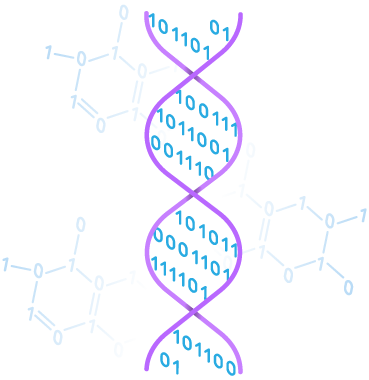

The Hard Disk Drive is already one of the longest standing technologies in recent computing history, and according to the CFO of Seagate, they’re still some 15-20 years from being displaced.
According to a technology roadmap put forward by the Advanced Storage Technology Consortium, the capacity of HDDs will rise to 100TB by 2025, enabled by new writing technologies such as Shingled Magnetic Recording, Perpendicular Magnetic Recording, Enhanced Caching, and even installing helium inside the casing.

Helium drives look identical to HDDs from the outside. It’s what’s on the inside that counts.
Whilst helium drives use the same physical platters as HDDs to store information, the sealed casing is filled with helium instead of air. Because helium is six times less dense than air, it requires far less power to spin the disks because there is six times less resistance. It’s also cooler, so more drives can squeeze into the same form factor, with greater longevity.
Whilst helium drives don’t present any radical paradigm shift in the way data is stored, they offer new levels of performance using technology proven to be reliable, and they’re only going to get more affordable.

We’ve been able to read, assemble, and even synthesize strands of nucleic acid for some time. However, in the last few years scientists have been able to chemically engineer a sequence of nucleotides that represent data by converting binary information to DNA bases (A, G, T and C).
Whilst the writing process is slow and expensive, DNA strands are incredibly dense as storage media, and remarkably resilient. Kept in the right cool and dark conditions, experts predict DNA could keep information safe and ready for error-free retrieval for up to 1 million years. Most hard drives today would struggle to function after a few decades.
We may never see DNA storage in domestic dwellings because of the highly specialised equipment required to process information back into a format readable by traditional computers. It’s also expensive, currently costing around $2,000 to encode 83KB of data. However, it holds some promising potential for use at a large scientific and industrial scale.

Where magnetic and disk-based media store individual bits in two dimensional physical space, holographic storage uses photosensitive optical material to store multiple bits of information in the same location by using light at different angles.
This means data can be written in a three dimensional volume rather than on a flat surface. Physical media such as DVDs do something similar (they store information on multiple layers), although the laser can only read from one angle at a time.


